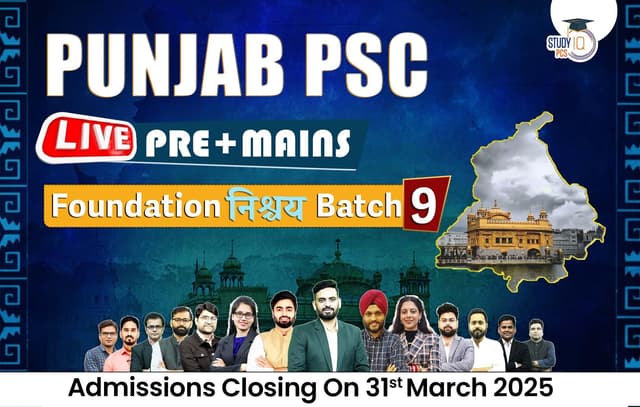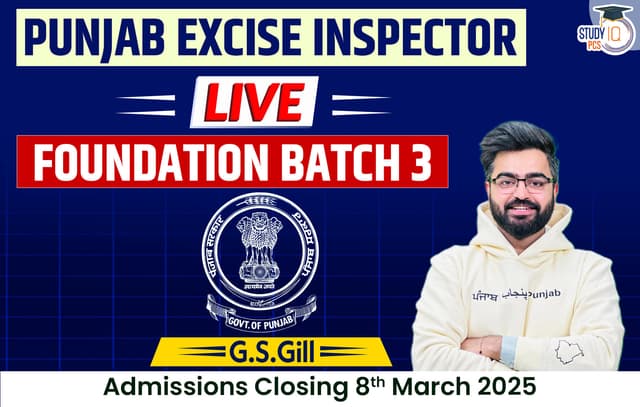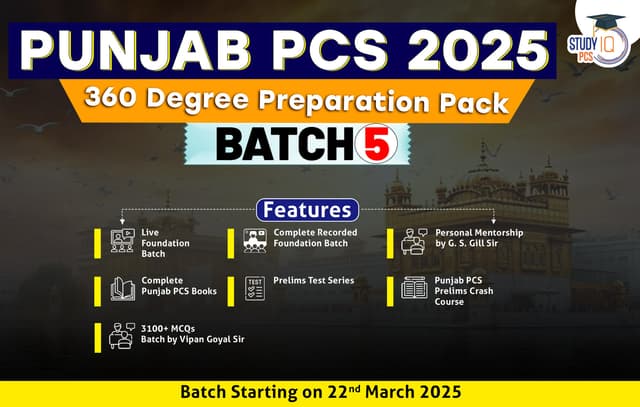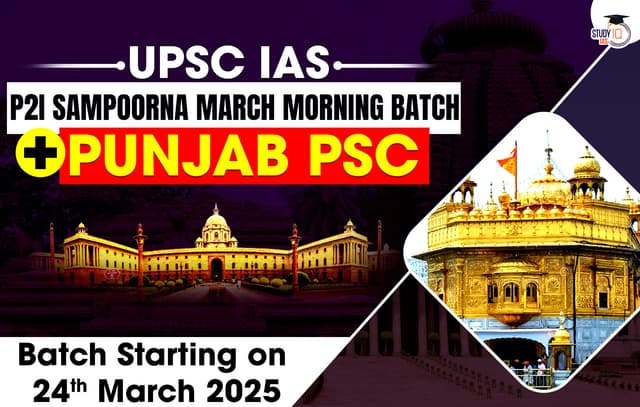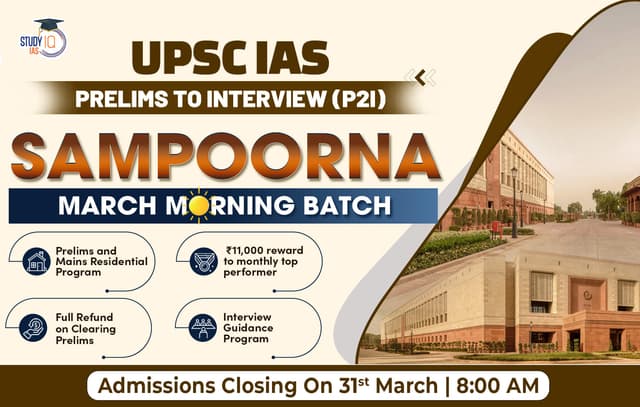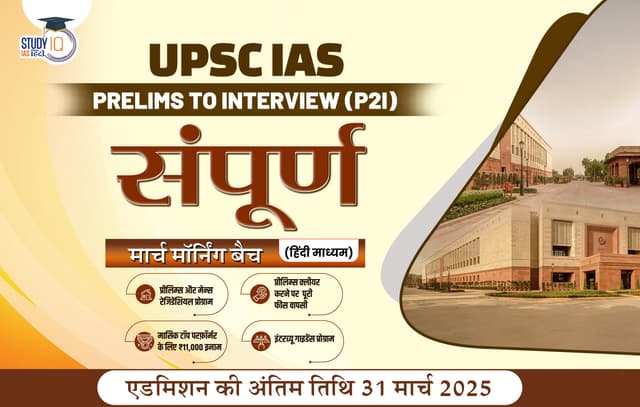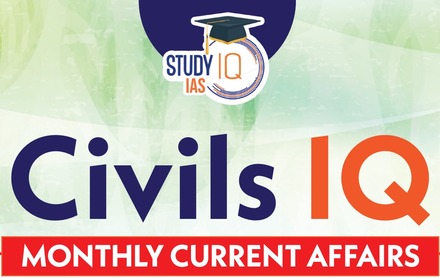Table of Contents
Panchayati Raj Institutions (PRI)
Historical evolution (Facts)
- Father of local self-government (LSG) in India: Lord ‘Ripon’
- GoI Act 1919: LSG was placed in the ‘transferred’ list.
- GoI Act 1935: LSG was placed in the ‘Provincial’ list.
- Constitution of India: LSG was placed in the ‘state’ list.
Important committees related to Panchayats (Timeline is important)
| Year | Committee |
| 1957 | Balwant Rai Mehta Committee |
| 1977 | Ashok Mehta Committee |
| 1983 | Hanumanth Rao committee |
| 1985 | G.V.K. Rao Committee |
| 1986 | LM Singhvi committee |
| 1989 | P.K Thungan committee |
About Panchayati Raj Institutions (PRI)
- Definition: System of ‘Local self-government’ in ‘rural’ areas
- Establishment: In all states by act of State Legislature
- Objective: To build ‘democracy’ at ‘grassroot’ level
- Constitutionalized: By the 73rd constitutional amendment
- Constitutional provisions: Article 40: Organization of ‘Village Panchayats’ under DPSPs.
- Practical shape to the provisions of Article 40 was given by the 73rd Constitutional amendment.
73rd Constitutional amendment
- Passed: Year 1992
- Enforcement: 24th April 1993 (24th April is celebrated as Panchayati Raj diwas)
- Significance: Gave ‘constitutional status’ to the PRIs
- Provisions added: Part-IX: Article 243 to 243(O) + Schedule 11: Contains 29 functional items of Panchayats.
Reservation of seats (Article 243 D):
Members
- Reservation is provided for SC/ST’s at all three levels (In proportion of their population).
- Minimum 33% reservation is provided for women. It means more than 33% reservation can be provided for women.
- Reservation ‘may’ be provided by states for BC’s. The Constitution has empowered the State legislature to make provision for reservation in seats for backward classes.
Chairperson
- Women: 1/3rd of chairperson office is reserved for women at all levels.
- SC/ST reservation: State legislature ‘shall’ provide for reservation of offices of chairperson at village or any other level
Note: No provision for reservation for SC (both members + Chairperson) exists in the case of Arunachal Pradesh as the state is fully inhabited with indigenous people.
Duration of Panchayats (Article 243 E)
- Duration: 5 years
- Elections: ‘Must’ be held before completion of tenure.
- ‘Dissolution’ of Panchayats: If dissolved before five years, elections ‘must’ be held within 6 months.
- Duration of the newly constituted Panchayat: It continues ‘only’ for the remainder of the period. For example, Panchayat dissolved in 3 years, New Panchayat will continue for 2 years only.
- Age Qualification for contesting Panchayat elections is 21 years. (Article- 243-F)
State Finance commission (Article 243 I)
- Appointment: Governor
- Report: Submitted to Governor
- Composition/conditions of service/ salaries and allowances are determined by ‘State legislature by law’
Recommendation
State Finance commission ‘shall’ recommend on –
- ‘Distribution’ of net proceeds of tax, duties etc.
- ‘Grant in aid’ provided to ‘panchayats’ from ‘consolidated fund of state’.
- Taxes, duties tolls that ‘may’ be assigned to panchayat
- Devolution of power to prepare plans for economic development
- Also the Central finance commission can recommend measures to augment the Consolidated fund of a state and supplement the resources of panchayats in the state.
State Election commission (Article 243 K)
- Constitutional body
- ‘Single’ member body unlike ‘Election commission’ which is a ‘multi member body.’
- Appointed by the Governor.
- Condition of service and tenure is determined by the ‘Governor’.
- The Removal Procedure is the same as the Judge of the High Court.
- Service conditions cannot be varied for disadvantage.
- Provisions proceedings related to ‘conduct of elections’ are determined by ‘State Legislature’.
Punjab Rural Development and Panchayats Department
- The Department is responsible for the implementation of various Centrally-Sponsored and State-Funded Schemes, apart from the provision of basic amenities and services.
- The guiding force of this department is to endow the Panchayats with such powers and authority as may be necessary to enable them to function as institutions of self Govt.
- There are 13241 Gram Panchayats and 154 Block Samitis, and 23 Zila Parishads in Punjab.
- The highest number of Gram Panchayats lie in Hoshiarpur District followed by Gurdaspur District. On the other hand, the least are present in Malerkotla District.
Urban Local Bodies
Historical Evolution
| Year | Details |
| 1688 | Madras- first Municipal Corporation was set up. |
| 1726 | Municipal Corporations set up in Bombay and Calcutta |
| 1870 | Lord Mayo Resolution on Financial decentralisation |
| 1882 | Lord Ripon resolution known as ‘Magna Carta’ of Local Self Government.
Lord Ripon is known as Father of Local Self Governance. |
| 1907 | Royal commission on Decentralization |
| 1919 | GoI Act 1919 made Local Self Government became transferred subject |
| 1924 | Cantonments Acts were passed. |
| 1935 | GoI Act 1935: Local Governments a provincial subject |
About Municipalities
- Definition: System of ‘Local self-government’ in ‘urban’ areas
- Establishment: In all states by act of State Legislature
- Objective: To build ‘democracy’ at ‘grassroot’ level
- Constitutionalized: By the 74th constitutional amendment
74th Constitutional amendment:
- Gave ‘constitutional status’ to the municipalities
- Provisions added: Part-IX A: Article 243 – P to 24 – ZG + Schedule 12: Contains 18 functional items of Municipalities.
Constitution of Municipalities (243 Q)
Shall be constituted in every state:
- Nagar Panchayat: For a transitional area (Transition from rural 🡪 Urban)
- Municipal Council: For a smaller urban area
- Municipal Corporation: For a larger urban area
- Such specification into different areas is done by the Governor.
- Factor while specifying region: 1) Population of the area 2) Density of the population 3)Revenue generated for local administration 4) Percentage of employment in non-agricultural activities 5) Economic importance 6) Other factors he deems fit.
- Exception: Municipality is not constituted 🡪 Urban area 🡪 Municipal services are being provided by Industrial establishment 🡪 Governor ‘may’ specify area as Industrial township.
Composition of Municipalities (243 R)
- All members: Directly elected by the people of the municipal area.
- Municipal area: Divided into territorial constituencies
- State ‘may’ provide for manner of election of chairperson
- State can also provide for representation of the following:
-
- Persons having special knowledge or experience in Municipal administration (do not have right to vote).
- MP’s of Lok Sabha + MLAs: Represent constituency that comprise whole/part of Municipal area.
- MP’s of Rajya Sabha + MLC’s: Registered as voters in Municipal area.
- Chairperson of committees other than ward committees.
Ward Committee (243 S)
- It may consist of one or more wards within the territorial area of a municipality having a population of 3 lakh or more.
- Composition and territorial area of ward committee – by state legislature.
Reservation (243 T)
- Seats are reserved for SC and ST (based on population)
- Not less than 1/3rd seats shall be reserved for women (including seats reserved for SC/ST women).
- State Legislature 🡪 may provide Manner of reservation for Chairpersons (SC/ST)
- State ‘may’ provide for reservation of backward classes.
Duration of Municipalities (243 U)
- Duration: 5 years
- Elections: ‘Must’ be held before completion of tenure.
- ‘Dissolution’ of Municipality: If dissolved before five years, elections ‘must’ be held within 6 months. If the period remaining is less than 6 months then there is no need for an election for such a term.
- Duration of the newly constituted Panchayat: It continues ‘only’ for the remainder of the period.
Disqualifications for membership (243 V)
- Can be disqualified under any law in force made by the State Legislature.
- Provides minimum age for contesting i.e. 21 years of age
- Questions of disqualifications 🡪 shall be referred authority (determined by State legislature).
Power and Functions of the Municipalities (243 W)
- State Legislature by law ‘may’ endow Municipalities 🡪 Power + authority to enable them to function as institutions of self-government.
- 12th schedule: Contains 18 functions that can be transferred by state legislature to municipalities.
Finances (243 X)
State legislature ‘may’ by law
- Authorise a Municipality: power to levy + collect + appropriate taxes, duties, tolls and fees.
- Assign a Municipality: taxes, duties, tolls and fees which are levied and collected by the State Government.
- Provide for making such grants-in-aid to the Municipalities from the Consolidated Fund of the State.
- Provide for the constitution of funds for crediting all funds of the municipalities.
Committee for District Planning (243 ZD)
| Committee for District Planning (243 ZD) | |
| District Planning Committee |
|
| Objective |
|
| About Draft development plan |
|
| Composition of DPC |
|
| Procedure after development plan is prepared |
|
Committee for Metropolitan Planning (243 ZE)
| Committee for Metropolitan Planning (243 ZE) | |
| Metropolitan Planning Committee |
|
| Objective |
|
| About Draft development plan |
|
| Composition of DPC |
|
| Procedure after development plan is prepared |
|
Types of Urban Government
| Types | Purpose | Creation | Administrative framework |
| Municipal Corporation | Administration of Big cities. Ex. Mumbai | State Legislature
UT’s 🡪 Parliament |
Council (headed by Mayor) + standing committees + Municipal commissioner. |
| Municipalities | Administration of towns and smaller cities. | State legislature | Council (headed by President, the standing committees, Chief executive officer. |
| Notified area committee | Fast developing towns.
Regions which don’t fulfil requirement of Municipality |
Notification in government gazette | Entirely nominated body (all members are nominated by State Government). |
| Town area committee | Small town administration | State legislature. | Semi municipal authority
with limited functions. Depends on State Government (wholly elected or wholly nominated or partly elected and partly nominated). |
| Cantonment Board | Civilian administration in cantonment area | Cantonments Act of
2006 enacted by Central government |
Under defense ministry partly elected and partly
nominated. |
| Township | To provide civic amenities to
staff and workers large public enterprises |
– | Town administrator appointed by the Public enterprise. No elected members. |
| Port Trust | Civil administration in and round
ports + management and protection of ports |
Act of Parliament | Both elected + nominated members. |
| Special Purpose Agency | Fulfils specific purpose i.e. function based
organisation not area based. |
Statutory bodies by the State legislature.
Department by executive functions |
Autonomous bodies
Not subordinate to local municipal bodies. |
Punjab’s Urban Local Bodies
- It is important to note that all 8 types of aforementioned Urban Local Bodies do not exist in Punjab.
- There are a total of 167 Urban Local Bodies in Punjab consisting of 13 Municipal Corporations and 154 Municipalities.
- The 13 Municipal Corporations are Amritsar, Pathankot, Jalandhar, Phagwara, Hoshiarpur, Ludhiana, Patiala, SAS Nagar, Bathinda, Moga, Abohar, Batala, and Kapurthala. Out of these, Abohar, Batala, and Kapurthala are the latest notified Corporations.
- The 154 Municipalities can be further classified as Class-I, Class-II, Class-III, and Nagar Panchayats. The total number of Nagar Panchayats in Punjab is 52 thus giving a total of Class I, II, and III to be 102 in Punjab.
- Also, apart from these, Punjab has 27 Improvement trusts. The Improvement trusts are Special Purpose Agencies.
NOTE: Reservation of women in Urban Local Bodies has been raised from 33% to 50%.

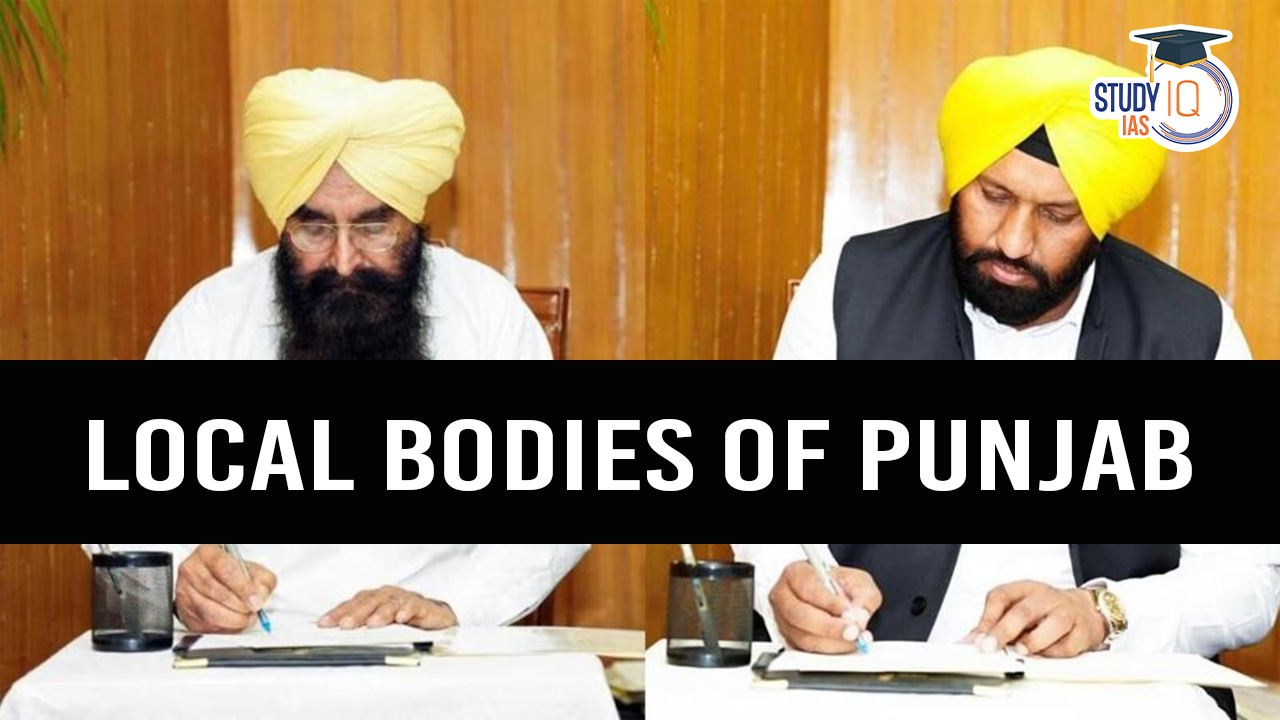
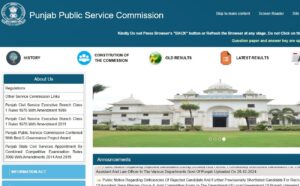 Punjab PCS Selection Process, Prelims, M...
Punjab PCS Selection Process, Prelims, M...
 State Universities of Punjab
State Universities of Punjab
